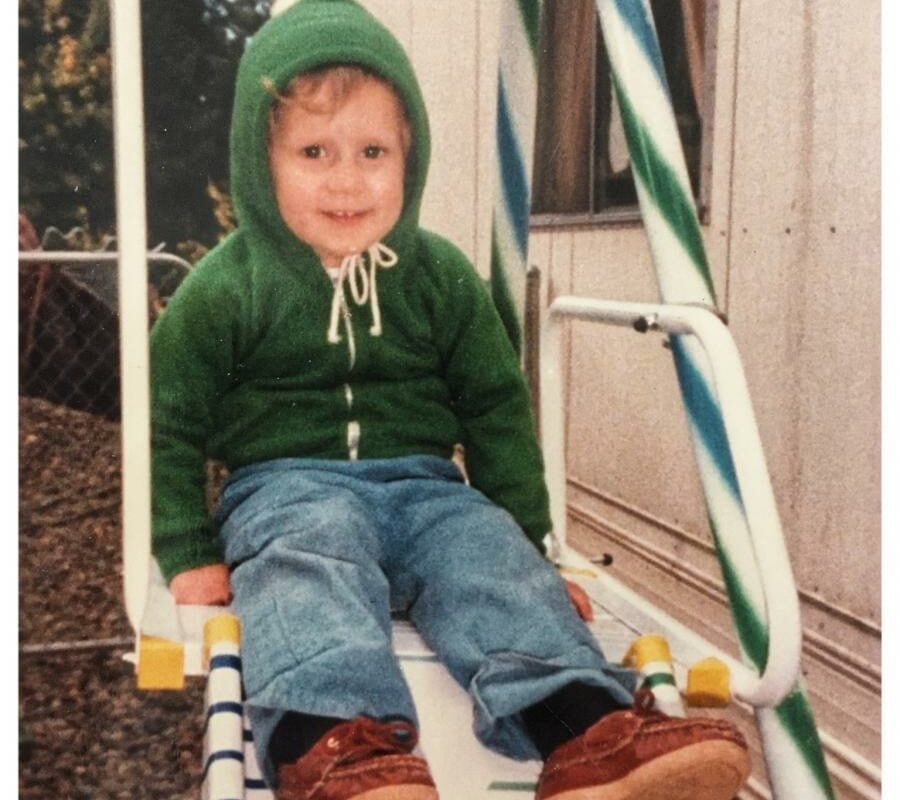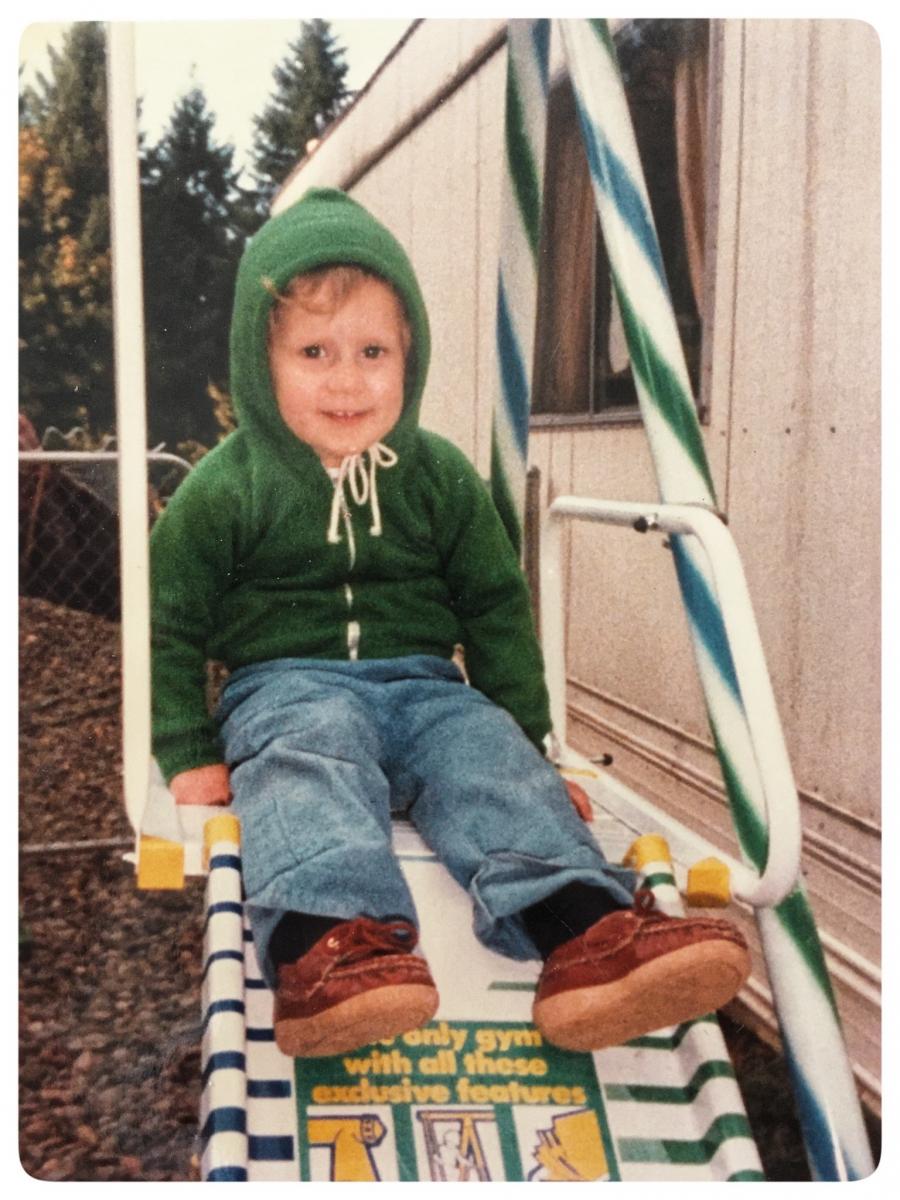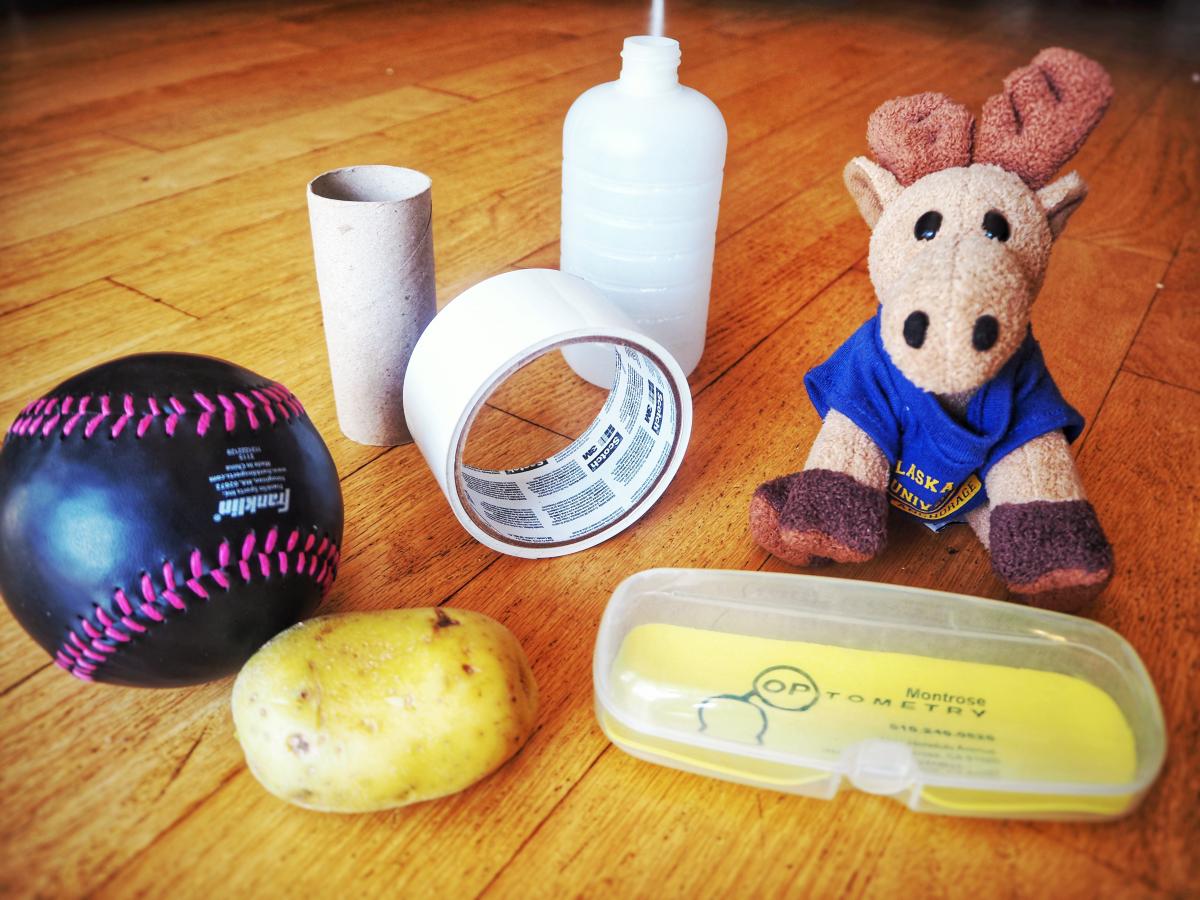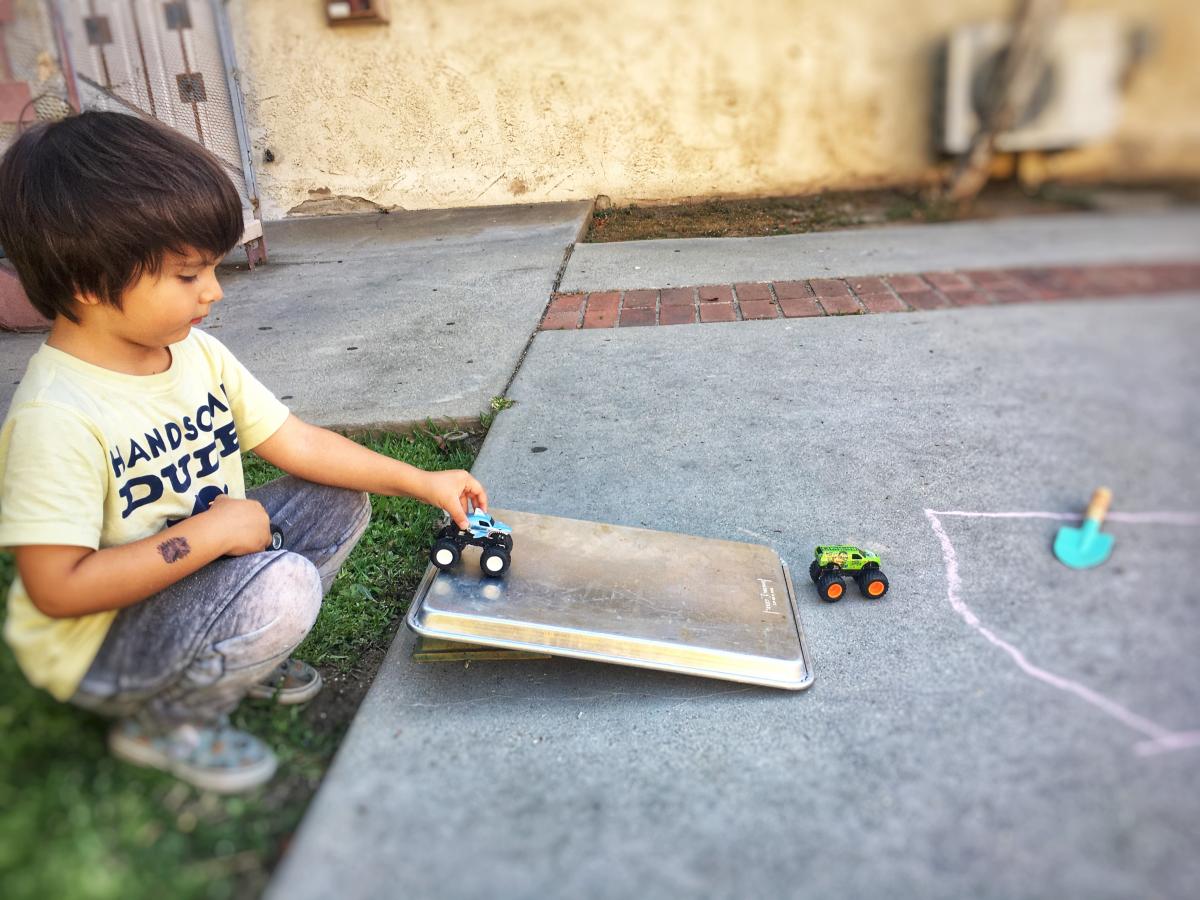Ramp Up The Play!

 One of my favorite things to do as a kid was to build, especially with random things around the house. From couch cushions, empty boxes, bedding, and pans, it didn’t take a lot for me to see potential in nearly everything that didn’t adhere to the wall or was too heavy for me to lift. Once I discovered that I could recreate a slide, ramps quickly became a go-to component of my creations. They could be constructed with nearly anything, and I could create several versions.
One of my favorite things to do as a kid was to build, especially with random things around the house. From couch cushions, empty boxes, bedding, and pans, it didn’t take a lot for me to see potential in nearly everything that didn’t adhere to the wall or was too heavy for me to lift. Once I discovered that I could recreate a slide, ramps quickly became a go-to component of my creations. They could be constructed with nearly anything, and I could create several versions.
Ramp Up Learning!
Ramp play supports the development of both fine and gross motor skills as children build, roll, and push. These movements also provide hands-on experience with force, motion, gravity, and friction. These support learning around topics such as physics, engineering, and math.
In ramp building, there is also brain-building, particularly in areas of problem-solving, creativity, idea testing, and reasoning. Why did this item roll down and this one didn’t? What can I change to make this truck go faster or slower? As kids design and redesign, they figure out how materials interact with each other, and innovate as they combine them for different outcomes.
When more than one person becomes part of the building, articulating goals and sharing ideas, there is growth and development in areas like negotiation, collaboration, and communication. Ramps become a part of pretend play and creative storytelling, becoming important players and elements of dramatic narratives, which promotes emotional learning.
One of the best parts about ramps is that the learning grows with the child. Babies will let a ball slide down a ramp, and let it roll down over and over. Toddlers might explore properties of objects as they figure out which kinds of objects roll, and which don’t. Eventually, exploration becomes more complex by playing with speed, distance, stability, and intersections as they try out different heights, courses, and use a variety of materials.
 Get Started!
Get Started!
You don’t need anything special to build a ramp. Cardboard, shelves, couch cushions, blocks, foil, boxes, cookie sheets, even books, these all make great surfaces and supplies to create an incline. Part of the fun can be exploring which items will roll down a ramp, and which won’t. I’ve seen pine cones, rocks, toilet paper tubes, canned food, plush toys, action figures, Legos, and more become ‘material in motion.’
Don’t Be Afraid To Join The Play!
Extend the play by offering alternate materials.
One strategy to enhance learning is to narrate your child’s play, which helps them stay conscious of their thinking, developing their self-awareness. At the same time, you are also introducing them to new vocabulary.

Here are some examples:
I see that:
- you are picking up the ball, putting it on top of the ramp, and letting it roll down!
- you are adding height to the ramp, what do you think will happen when you roll the ball down?
I wonder:
- what might happen if we used a different object?
- which object will roll down faster, the marble, or the can of soup?
What happens if:
- you make the ramp higher or lower?
- you try and push the object up the ramp?
How might we:
- get those balls to roll into each other?
- make the ramp more stable?
Finally, joining the play is fun and healthy for us adults too!
Want More? Here Are Some Ideas To Build On The Play.
• Practice identifying ramps you see on walks, drives, or looking at pictures.
• Sketch out design ideas in a notebook, and record what happened when designs changed.
• Consider a family engineering challenge. Can you make a pillow slide the entire length of the kitchen? What about making a ball roll over obstacles in the backyard? Can we make a ramp as tall as you are?

